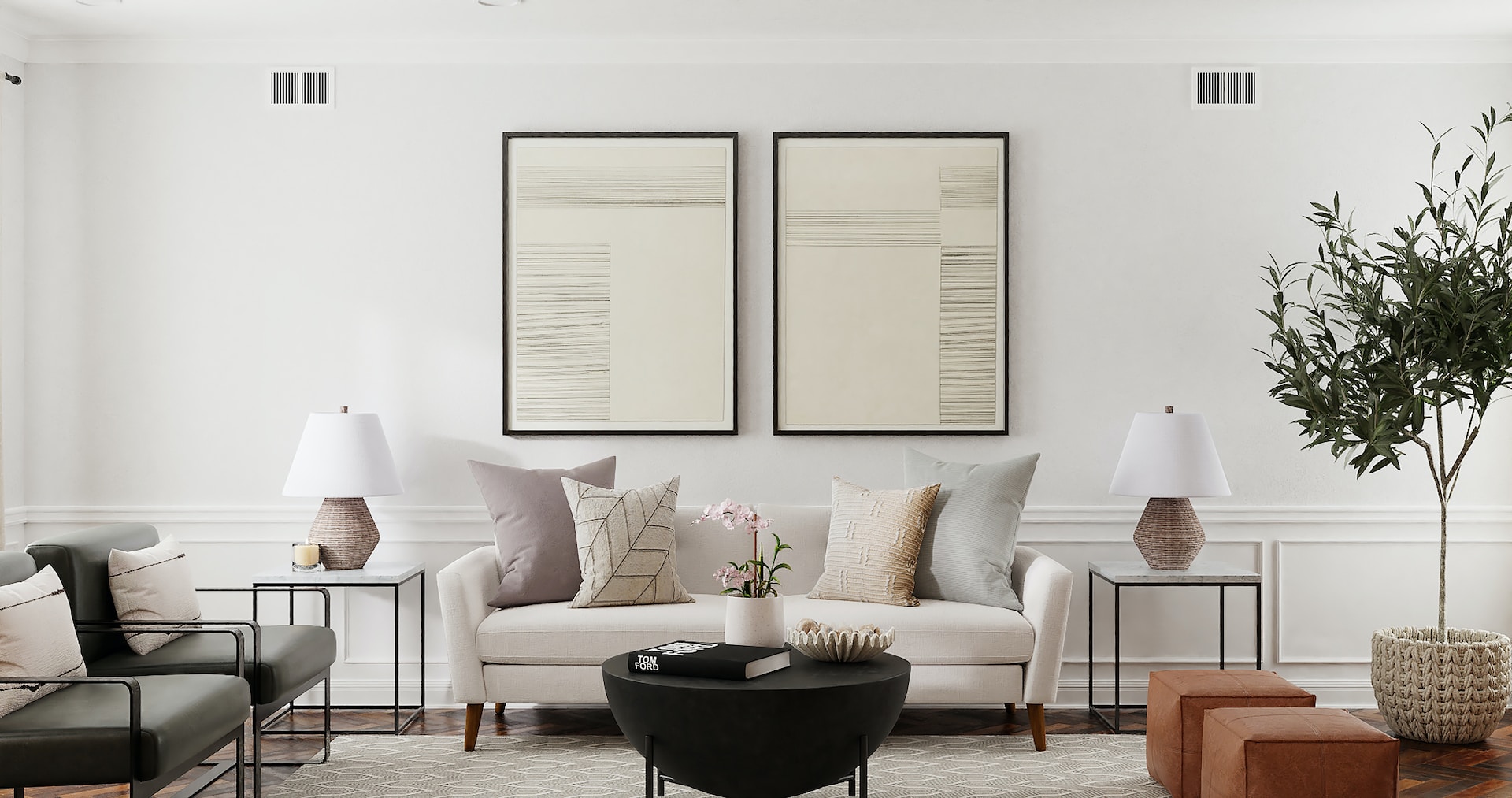

Question: What are the Differences Between Staging Vacant Properties and Occupied Homes?
Answer: When staging vacant properties, furnishing and decorating create a lived-in feel, while staging occupied homes focuses on decluttering, depersonalizing, and rearranging existing furniture to enhance the space’s appeal.
Staging Vacant Properties Vs. Occupied Homes – The Art of Presentation
When it comes to selling a home, presentation is everything. Home staging plays a crucial role in making a property appealing to potential buyers. However, the approach you take can depend significantly on whether the home is vacant or occupied. So, let’s dive into the intricacies of staging both types of properties.
Staging Vacant Properties: An Empty Canvas
Vacant properties can be a bit of a challenge when it comes to staging. On one hand, they are like an empty canvas, providing a clean slate to work with. You can add furnishings and décor to highlight the potential of each room without the distraction of personal items. However, without any furniture or decor, a vacant home can feel cold, impersonal, and even smaller than it is.
Vacant staging often involves renting or buying furniture and decor for key rooms like the living room, dining room, kitchen, and master bedroom. The goal is to create an inviting, functional space that allows potential buyers to visualize their own belongings in the home. [ 1 ]
Looking for a Shelburne realtor? Check out this page
Related Article: How Do You Stage Homes for Specific Target Markets?
Related Article: What is the Psychology Behind Effective Home Staging?
The Pros and Cons of Staging Vacant Properties
Staging a vacant property has its advantages. For starters, it allows for more flexibility in the staging process, as there are no existing furnishings or personal items to work around.
However, staging a vacant home can also be more costly, as you may need to rent or purchase furniture and décor. Additionally, it can be challenging for potential buyers to visualize how they would use certain spaces without the guidance of furniture placement.
Staging Occupied Homes: Working With What You Have
When staging an occupied home, the process involves using the homeowner’s existing furniture and decor while making strategic changes to enhance the property’s appeal. This could include rearranging furniture, decluttering, depersonalizing, and potentially bringing in a few new pieces to freshen up the space.
The key to staging an occupied home is to strike a balance between lived-in and neutral, so potential buyers can imagine themselves living there.
The Pros and Cons of Staging Occupied Homes
Staging an occupied home can be less costly than staging a vacant property since you’re primarily working with what’s already there. It can also make the home feel warmer and more inviting, which can help potential buyers form an emotional connection to the property.
On the downside, occupied homes can present challenges. It can be hard to depersonalize the space fully, and clutter can be an issue. Plus, coordinating showings around the homeowner’s schedule can be tricky.
Key Considerations When Staging Vacant vs. Occupied Homes
When deciding how to stage a property, consider the home’s target market. For example, if the home is in a trendy urban area, staging with modern furniture and decor might be most appealing.
Also, consider the home’s strengths and how to highlight them. If the home has a fantastic dining area, for example, setting the table with stylish place settings can help potential buyers envision hosting dinner parties there.
When to Call in the Professionals
Whether you’re staging a vacant or occupied home, it may be beneficial to bring in a professional home stager. These experts can provide objective advice and have a keen eye for making spaces appealing to a broad range of buyers. They can also handle the heavy lifting of sourcing and arranging furniture, especially beneficial for vacant properties. Effective staging is key to attracting potential buyers. By understanding the unique dynamics of staging both types of properties, you can make informed decisions to enhance your home’s appeal and potentially boost its market value.
For vacant properties, remember to focus on creating warmth and functionality in the space. Bring in enough furnishings and decor to help potential buyers envision the home’s potential. Don’t be afraid to invest in quality pieces that will make the home feel inviting.
On the other hand, when staging an occupied home, work with what’s already there. Rearrange furniture for better flow, declutter and depersonalize the space, and consider bringing in a few new items to freshen up the look.
Remember, the goal is to make potential buyers feel at home as soon as they walk through the door. So, whether your property is vacant or occupied, effective staging can make all the difference in your home selling experience.
For more information visit https://www.jenjewell.ca
Final Thoughts:
Staging is more than just making a house look pretty for showings. It’s a strategic tool designed to highlight the best features of your home, minimize any drawbacks, and help potential buyers visualize themselves living there. Regardless of whether you’re staging a vacant or occupied home, your efforts can significantly impact how quickly your home sells and how much buyers are willing to pay.
So, take the time to understand your property’s unique needs and consider enlisting professional help if needed. With the right approach to staging, you can ensure your home makes a lasting impression on potential buyers. Happy staging!
References
1. https://info.creativehomestagers.com/blog/staging-occupied-vs.-vacant-homes


